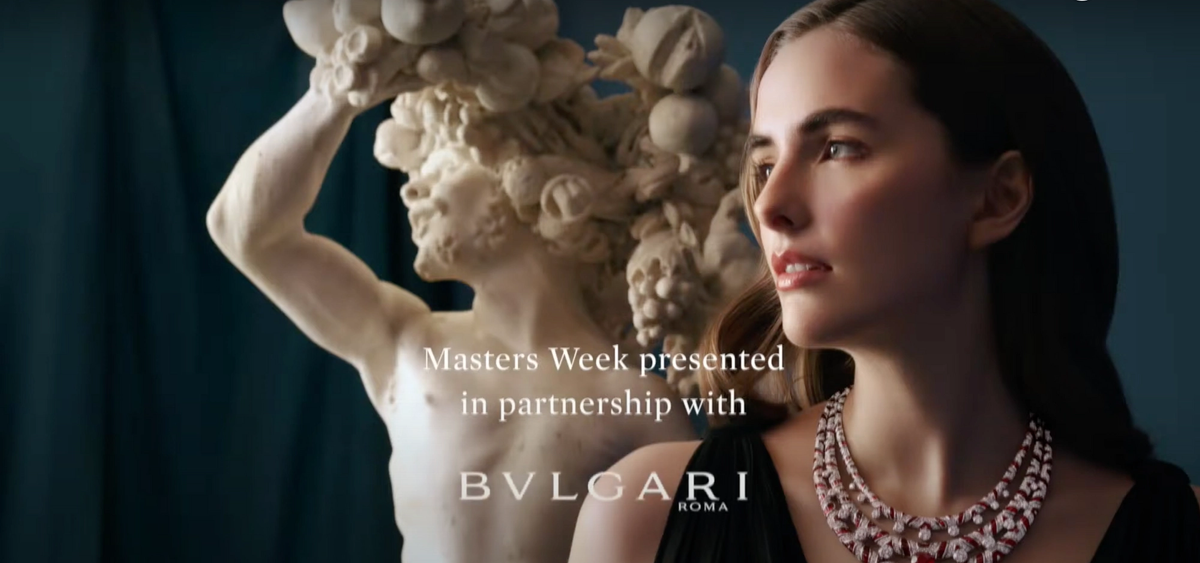Surely the most remarkable aspect of Sotheby’s successful Old Master sale in New York yesterday was not the respectable $92m (with fees) they managed to realise for a Botticelli sold for only $1.3m in 1982, but the triumph of marketing that the event represented.
The auction itself was billed as the highlight of a week of sales of classic art presented in partnership with the jewellery brand Bulgari. Product placing went into overdrive. Auctioneer Oliver Barker told the audience he was wearing a watch by Bulgari. Specialists in the Old Master department were similarly adorned with assorted ear rings, necklaces and brooches by the same jeweller.
This may be only the beginning. It’s not difficult to imagine the further sponsorship opportunities a major auction could now open up. Each lot heralded by appropriate music selected in co-operation with the Metropolitan Opera House? Elite fashion houses vying with each other to dress the Sotheby’s personnel most prominent as phone bidders? Sheepish Old Master specialists forced to go about their business wearing identical branded sneakers? What other products could auction house employees be corralled into advertising in the context of a major sale, live-streamed into so many rich people’s homes? Hand bags, certainly. High-end cosmetics. Champagne. Abdominal supports. Cosmetic surgery.
And what about getting each individual lot sponsored by an eager purveyor of luxury goods? Lot 17, the Cimabue by courtesy of NetJets. Lot 22, the Edvard Munch sponsored by Bollinger. Lot 31, the Ralph Lauren Jean-Michel Basquiat.
It’s perhaps appropriate that the luxury item that Bulgari allocated to Oliver Barker was a wrist watch. A timepiece is essential for an auctioneer these days if only to mark the longueurs of sales conducted online. One of the casualties of the Covid art market is the chemistry of a room full of excited bidders generated by a traditional sale in a real place in real time. The new format of live sales pioneered online by the major auction houses is clever and effective. But it limits the bidder’s experience, which largely comprises staring at a screen showing assorted auction house employees relaying bids to the auctioneer. The only way to enliven the process is by focusing on those auction house personnel. What are they wearing? Who has done their hair? What brand of luxury vodka are they surreptitiously sipping out of their water glasses?
Soon financial results for any major sale as reported by Sotheby’s and Christie’s may not just comprise totals sold and world record prices achieved. Figures might also be included to reveal earnings on sale-associated sponsorship deals. Perhaps—although auction houses may be less keen to publicise this—sponsorship will come to generate more revenue than sales commission, particularly when both buyer's and seller's fees are often waived on the highest value lots.
Product placement has arrived, and the potential is limitless.


